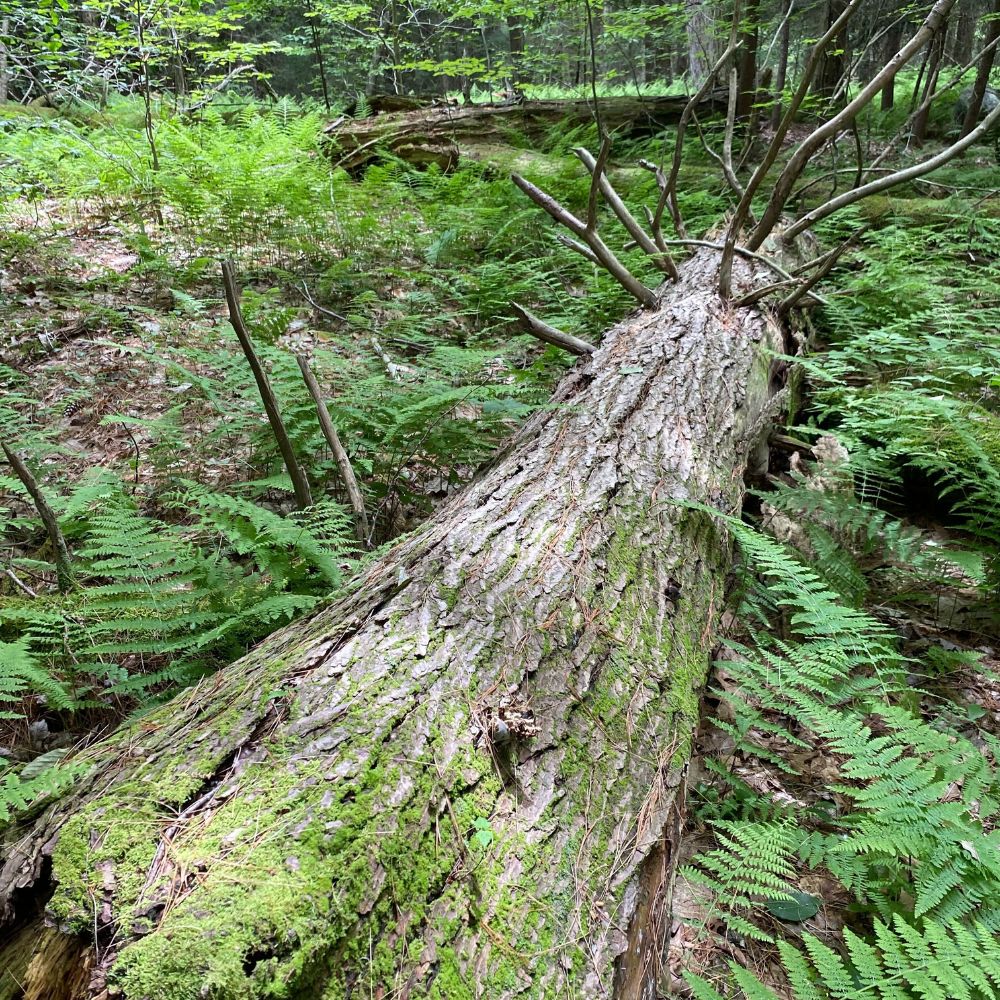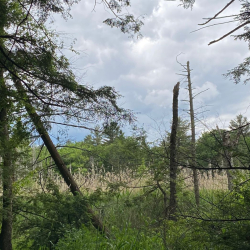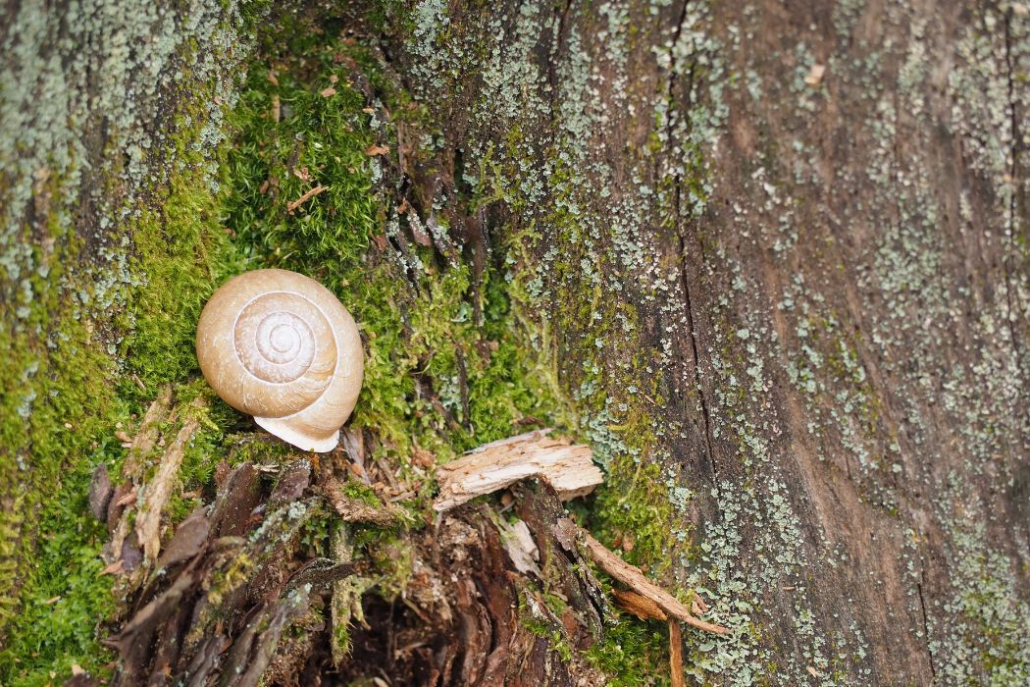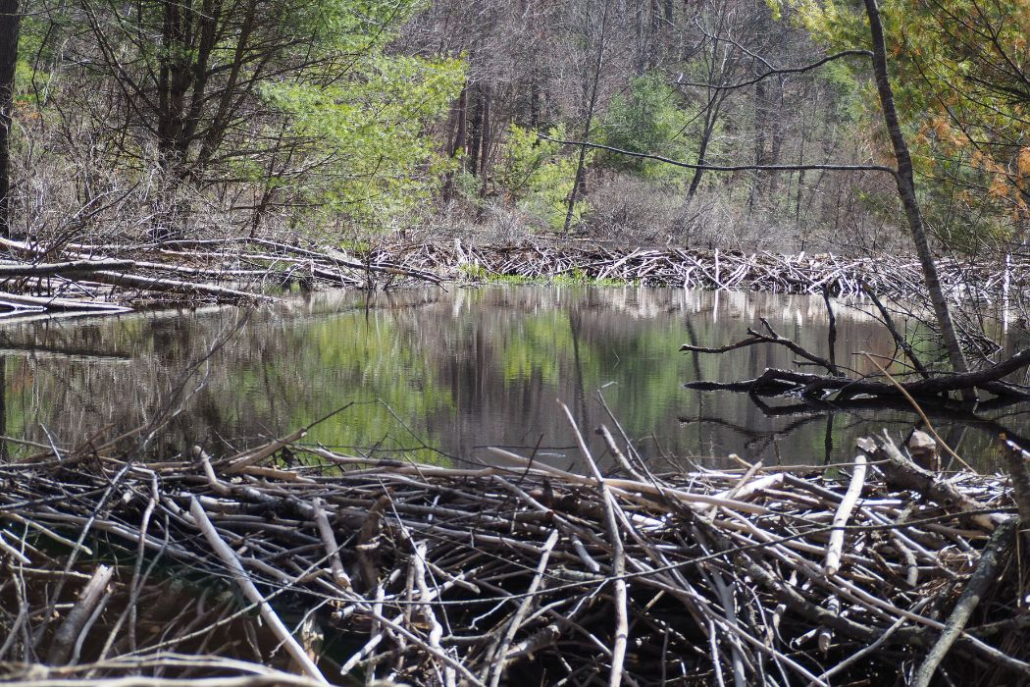Land Trusts Partner to Protect 600 Acres of Norfolk Forest
New Wildland Preserves Habitat for Rare Species
Norfolk, Connecticut —Norfolk Land Trust, Inc. (NLT) and Northeast Wilderness Trust (“the Wilderness Trust”) have teamed up to permanently protect a sprawling forest block in northwestern Connecticut. NLT, which owns the 600-acre parcel, has conveyed a forever-wild conservation easement on the land to the Wilderness Trust. The South Norfolk Wildlands conservation easement ensures that habitat for rare plant and animal species remains preserved into the future and expands Litchfield County’s forever-wild acreage.
The conservation easement was made possible by the Wilderness Trust’s “Wildlands Partnership.” The program provides land trusts in the Northeast with funds for stewardship and other operating costs in exchange for the establishment of forever-wild conservation easements on eligible lands. The South Norfolk Wildlands conservation easement brings the number of Connecticut acres conserved via the Wildlands Partnership to nearly 2,100.
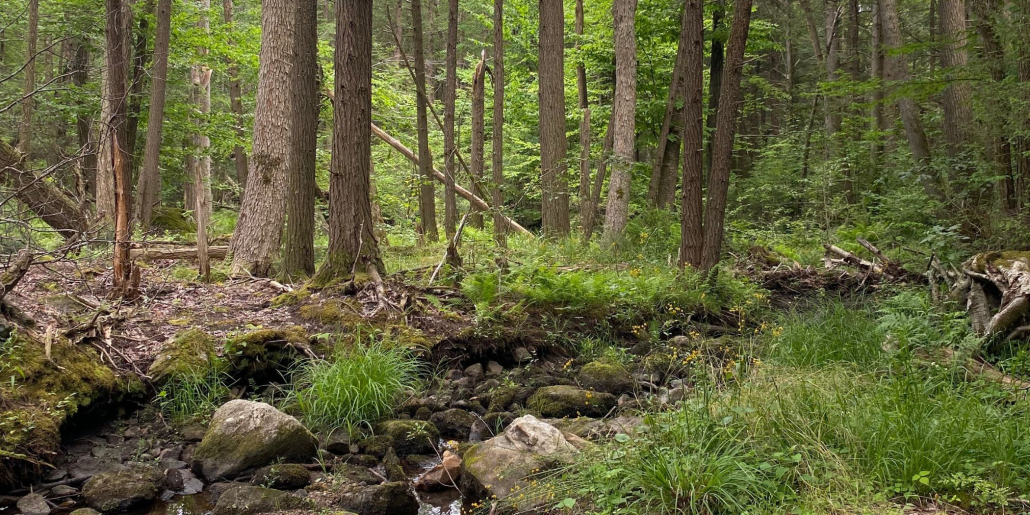
Image from the South Norfolk Wildlands conservation easement by Eric Bailey.
The completion of the South Norfolk Wildlands conservation easement caps a more than 40-year, community-led effort to permanently protect a collection of forested parcels in the town of Norfolk. Several Norfolk families banded together in the 1980s to buy and conserve a 500-acre property to spare the land from development. NLT began purchasing pieces of the property in 2004, and with the recent acquisition of a 235-acre holding north of the original property, now owns a 610-acre forest block. The conservation easement on the land, held by the Wilderness Trust, adds another layer of legal protection to this exemplary property that the State of Connecticut’s Natural Diversity Database indicates supports at least 10 species of rare animals and plants, including silver-haired, red, and hoary bats and sharp-lobed hepatica.
The property hosts mature upland forests. These range from hardwood-dominated areas, where species like sugar maple and American beech form a tall canopy underlain by blankets of mountain laurel and jewelweed, to damper settings of Eastern hemlock and white pine towering over shaded understories of Canada mayflower and starflower. Among these forests are two “key habitats” for conservation designated by the state: Mixed Northern Hardwood and Central Appalachian Oak-Pine. The Wilderness Trust’s conservation easement ensures that these forests can grow old and store carbon into the future, free from the pressures of logging and development.
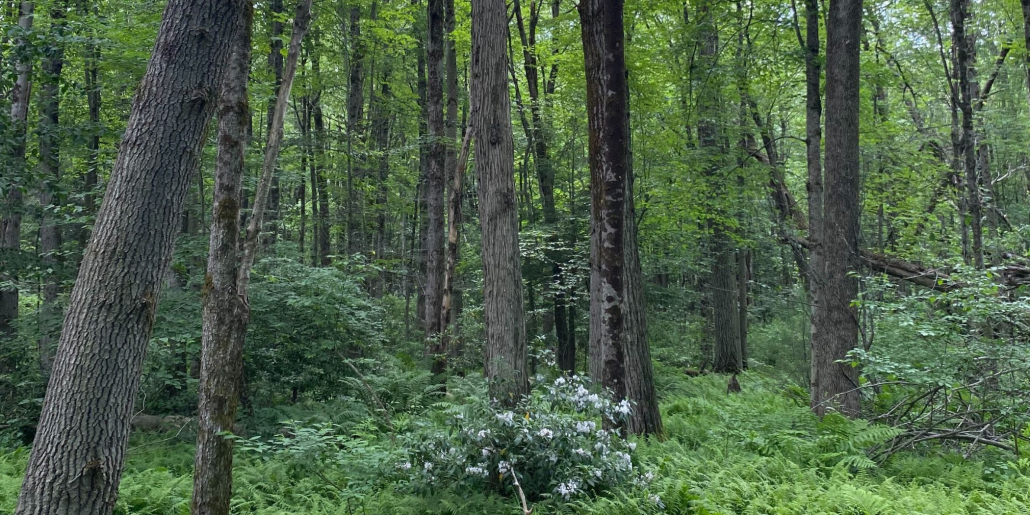
Forest at the South Norfolk Wildlands conservation easement by Eric Bailey.
Nearly a mile and a half of streams flow through the property, providing headwaters for both the east and west branches of the Naugatuck River. These waterways anchor the parcel’s 26 acres of wetlands, a forested wetland in the southern portion of the property, and a handful of beaver meadows.
The wider context in which the South Norfolk Wildlands sits also boosts its ecological benefits. The parcel is just south of the state’s Dennis Hill State Park, and near to the 7,500-acre Great Mountain Forest. Also in the area are the Wilderness Trust’s Cornwall Wildlands and Salisbury conservation easements. This proximity expands the South Norfolk Wildlands’ significance beyond its borders, helping to stitch together a vibrant corridor of conserved lands essential for landscape connectivity and species movement.

